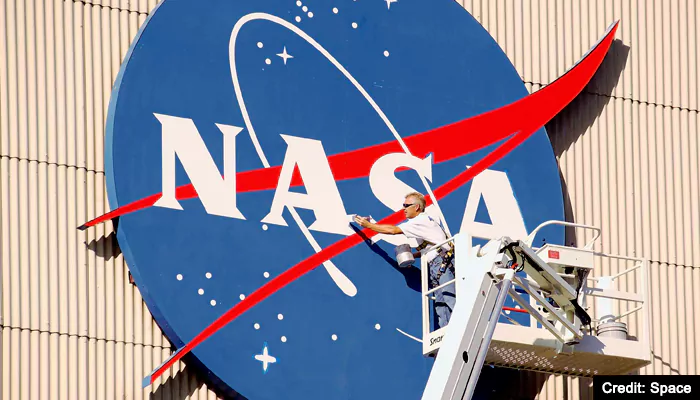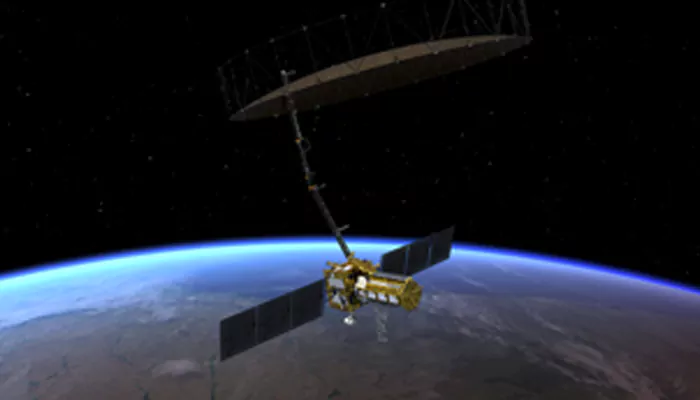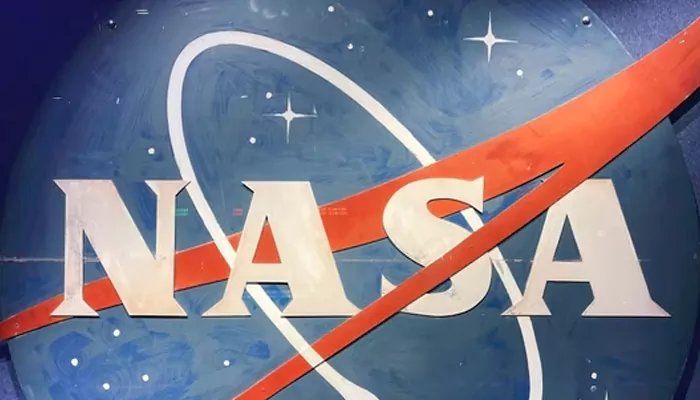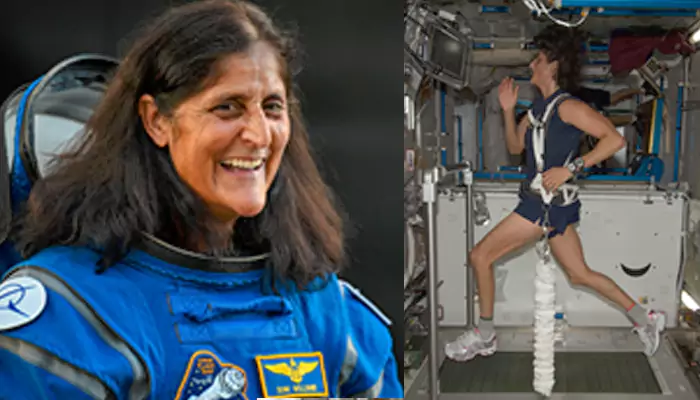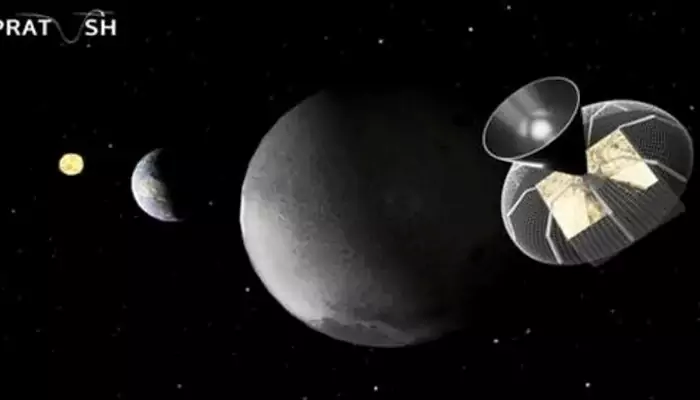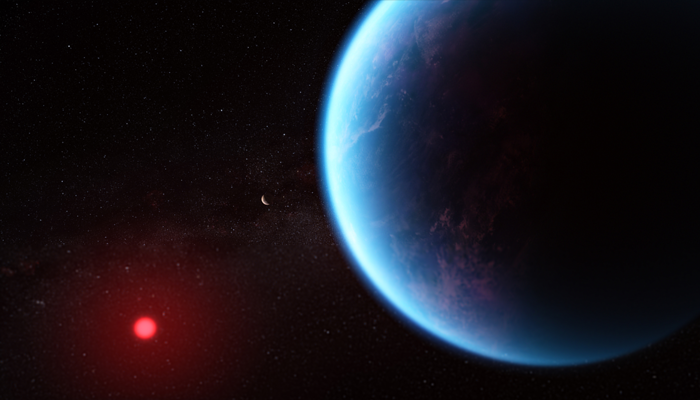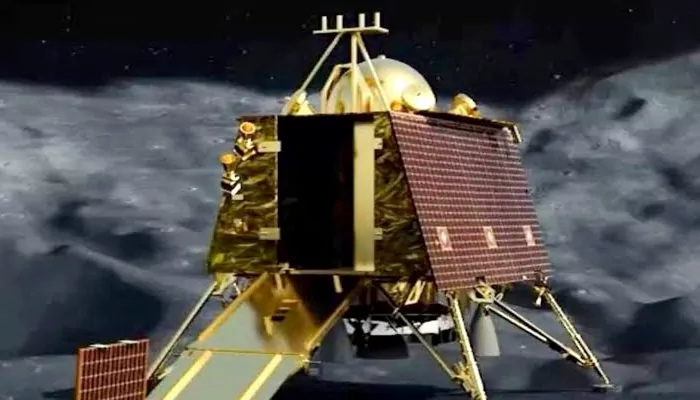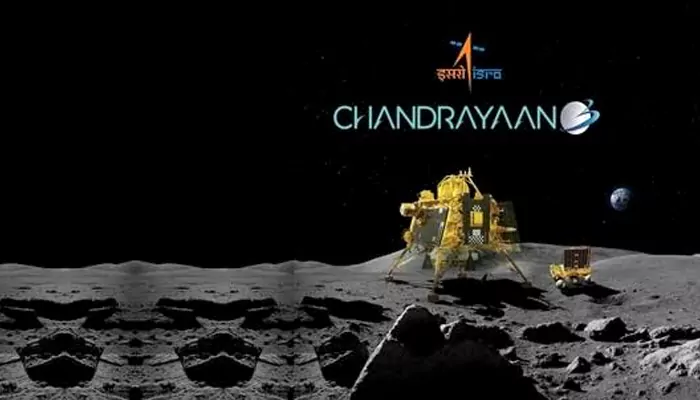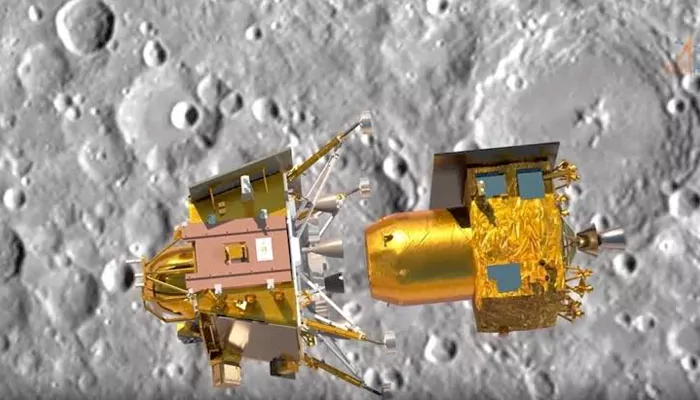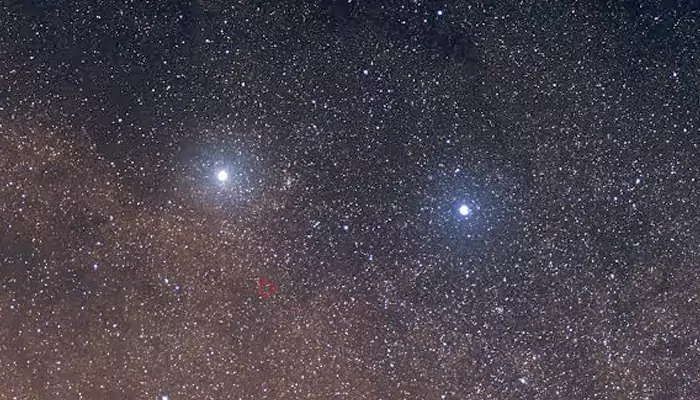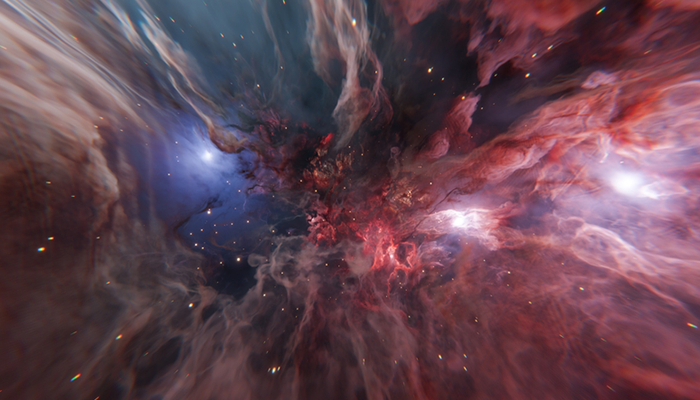
Here are today’s most important updates from the realm of Science and Space.
Sunita Williams Experienced 16 Sunrises While Celebrating New Year In Space
US astronaut Sunita Williams, currently stuck at the International Space Station (ISS), witnessed 16 sunrises across the Earth on January 1, 2025. This is based on the number of times the ISS orbits the Earth, which is approximately 15.5 times per day. The ISS travels at an average speed of about 28,000 kilometres per hour (17,500 miles per hour) at an altitude of around 400 kilometres (250 miles). Each orbit takes roughly 90 minutes to complete. The crew has been sending periodic messages to their friends and family on Earth. Earlier this month, NASA announced that Williams and Willmore's return to Earth will be further delayed until at least late March 2025.
Cosmic Spectacle: Venus, Saturn, Jupiter, and Mars Dazzle January Skies

Astrophotographers and stargazers alike are in for a treat this January as a spectacular celestial event unfolds in the night sky. Over the next couple of weeks, four planets Venus, Saturn, Jupiter, and Mars will be prominently visible shortly after sunset, creating a dazzling display for observers. Notably, Venus and Saturn will come within just a couple of finger widths apart in the sky, reaching their closest alignment on January 17 and 18. Mars has been steadily brightening as it approaches opposition, which will occur on January 15-16, 2025. While Uranus and Neptune are also present in the night sky, they require a telescope for viewing. The upcoming planetary alignment is often informally referred to as a "planet parade”.
From Ingenuity to Innovation: NASA Unveils Larger Mars Helicopter
NASA has unveiled a new Mars drone design, a larger and enhanced version of the Ingenuity helicopter. Dubbed the 'Mars Chopper,' this new drone features six rotors and a greater payload capacity, promising to revolutionize Mars exploration.
— The Daily Guardian (@DailyGuardian1) January 2, 2025
.
.
.
#nasa #marsexploration… pic.twitter.com/1dmFC4fR9p
Credit - X/@DailyGuardian1
NASA has unveiled the successor of its highly successful Ingenuity helicopter that roamed over the surface of Mars for over three years after landing there alongside the Perseverance Rover in 2020. A computer rendering, produced in collaboration between the Jet Propulsion Laboratory (JPL) shows a drone-like vehicle that is about the size of an SUV with six rotors. Notably, each rotor has six blades, which are smaller than those on Ingenuity but theoretically, could provide even more lift. NASA has named it "Mars Chopper", bulkier compared to its predecessor with greater payload capacity to carry scientific instruments, such as imaging and analysis kits. The new-age drone will be able to carry five kilograms at a distance of up to three kilometres.
Cosmic Clues: TRAPPIST-1b’s Potential Carbon Dioxide Atmosphere Ignites Curiosity
Could TRAPPIST-1b Be More Alive Than We Thought?https://t.co/p8Fl4K6y60 pic.twitter.com/KvNGvoaldv
— Science Academy (@Academ18Academy) December 19, 2024
Credit - X/@Academ18Academy
According to a new research, the innermost Earth-like planet in the famous TRAPPIST-1 system might be capable of supporting a thick atmosphere. Previous observations from the James Webb Space Telescope (JWST) have suggested all planets in the system would be barren, airless rocks thanks to violent, atmosphere-stripping radiation unleashed by their host star. However, a fresh analysis of JWST data on the innermost planet, TRAPPIST-1b, suggests that it may have a hazy, carbon dioxide-rich atmosphere. Alternatively, the new measurements also reveal an unexpectedly high temperature for TRAPPIST-1b's surface, potentially indicating that the world is roiling with volcanic activity. "It is fascinating to think we might be looking at a type of atmosphere we have never seen before,” study co-author Michiel Min of SRON Netherlands Institute for Space Research said.

